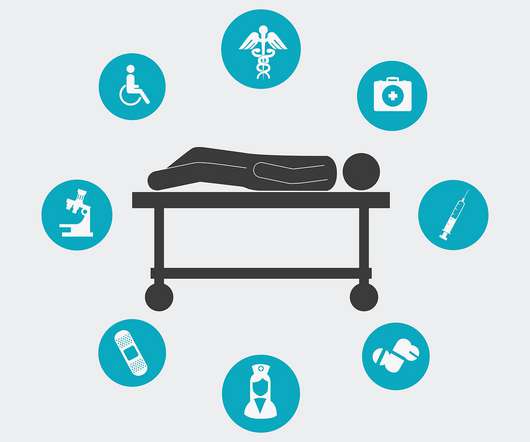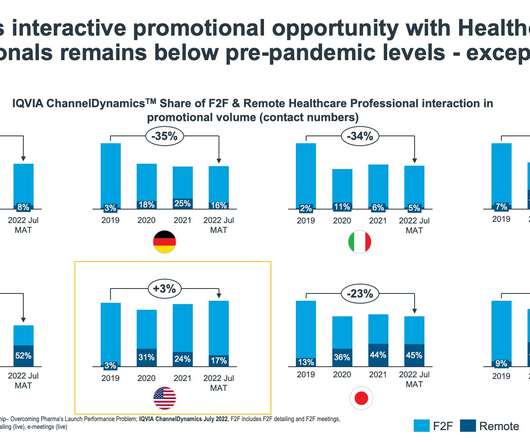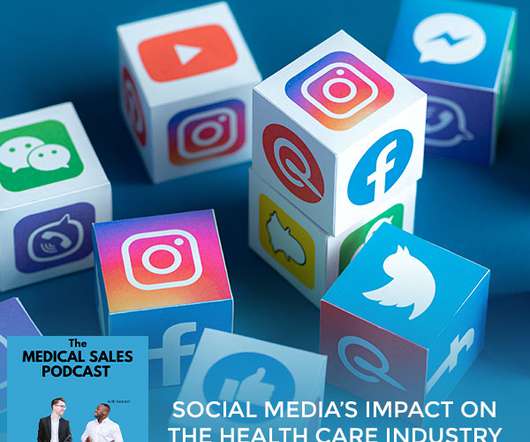Steps to building a more patient-centric industry
pharmaphorum
DECEMBER 1, 2022
Lack of access, strict regulations, and demanding schedules have made it extremely difficult for patients to participate in clinical trials. A 2018 NIH survey found that patients felt clinical trial participation to be inconvenient and burdensome, and nearly half (49.0%) said it disrupted their daily routine.



















Let's personalize your content